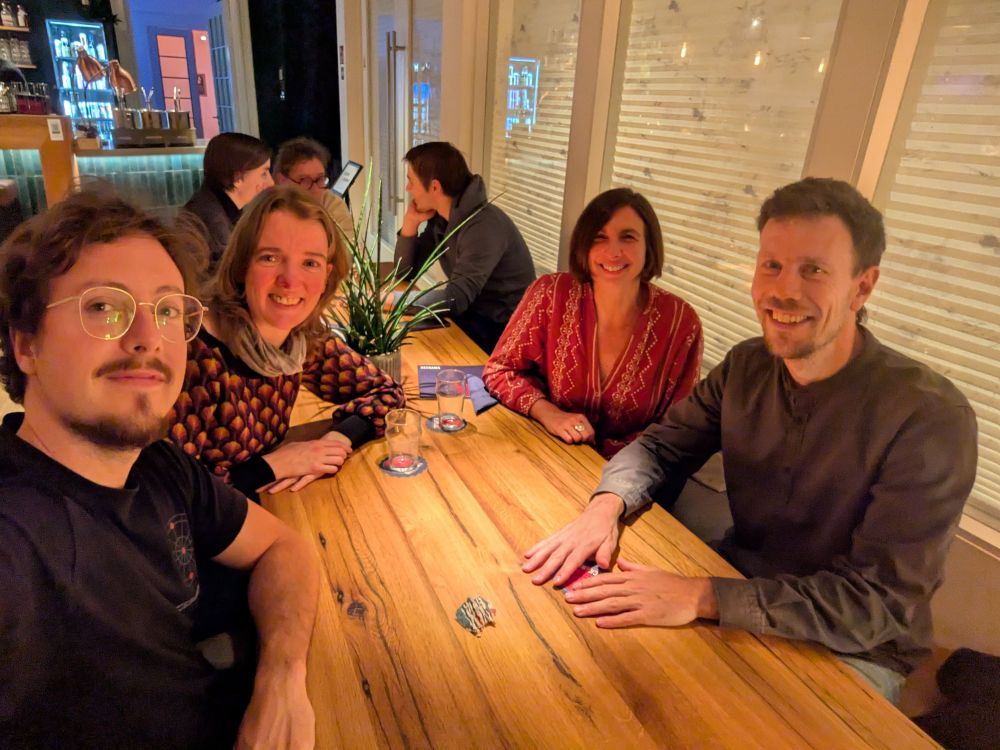Team Thomma
@teamthomma.bsky.social
2.7K followers
980 following
150 posts
Alexander von Humboldt Professor of Evolutionary Microbiology
@UniCologne & @CEPLAS_1, studying how fungi interact with plants and their environment. He/him. 💛🖤
Posts
Media
Videos
Starter Packs
Pinned
Team Thomma
@teamthomma.bsky.social
· Jun 16
Reposted by Team Thomma
Reposted by Team Thomma
Reposted by Team Thomma
Reposted by Team Thomma
Reposted by Team Thomma
Reposted by Team Thomma
Reposted by Team Thomma
Reposted by Team Thomma
Reposted by Team Thomma
Reposted by Team Thomma
Remco Stam
@rstam.bsky.social
· 14d
Reposted by Team Thomma


















